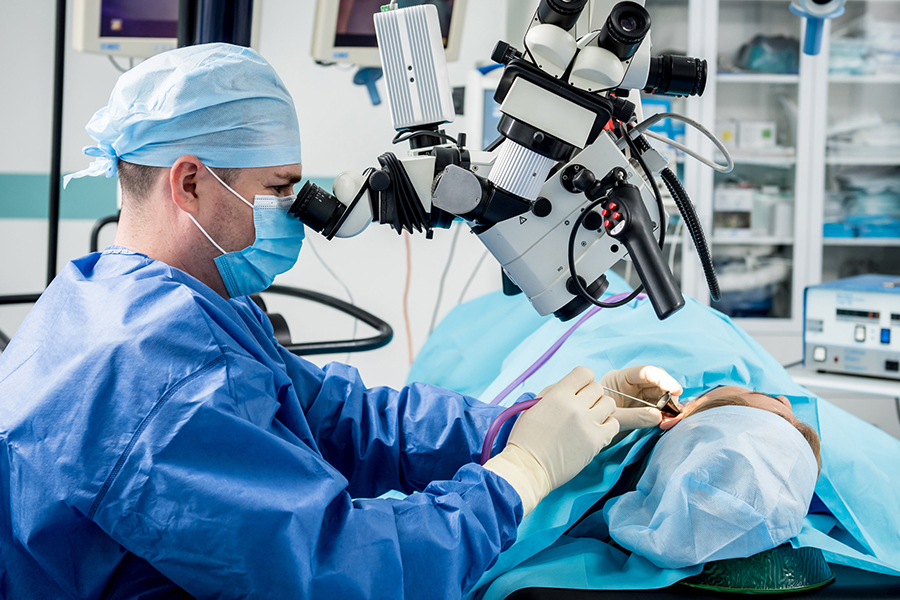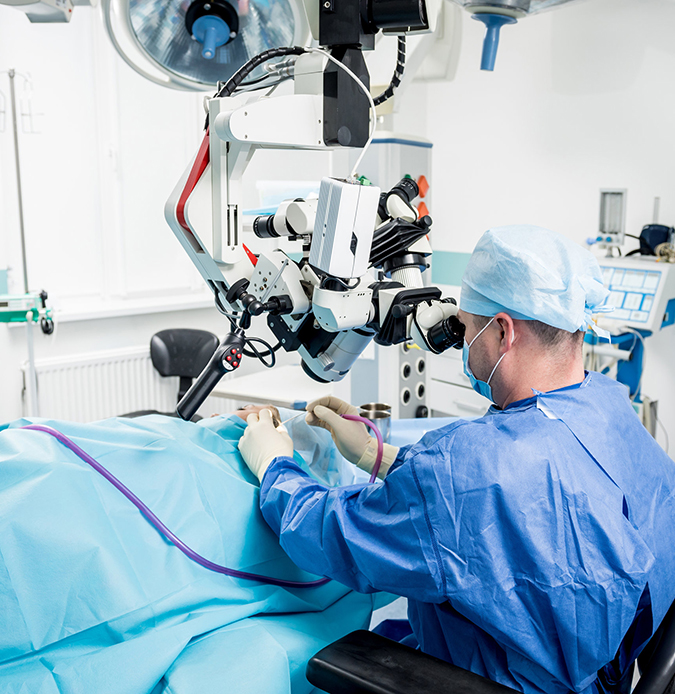- Home
- Robotic Knee Surgery
- General Surgery
- Orthopaedic
- Other Specialities
- About us
- Blogs
- Contact
24 Hours Accident, Trauma & Other Emergency Services . . .
Get Free Consultation
Types of eardrum repair procedures

Tympanoplasty is a surgery to repair the eardrum. The eardrum is a thin layer of tissue that vibrates in response to sound. Repeated ear infections or trauma may cause damage to your eardrum that only surgery can rectify. Tympanoplasty is done to repair or replace the three tiny bones behind the eardrum.
Almost all surgeries come with their own set of dangers. Bleeding, infection at the operation site, allergic responses to the drugs, and anaesthesia used during the procedure are all possible risks.
Any medications or supplements you're taking should be disclosed to your doctor. You should also inform them if you have any allergies, to drugs, or anaesthesia. If you feel ill, make sure to tell your doctor. Your procedure may have to be postponed in this scenario.
The night before your surgery, you will most likely be urged to refrain from eating and drinking after midnight. If you must take medicine, drink only a modest amount of water while doing so.

Your doctor will place cotton packing to cover your ear after surgery. After your surgery, this packing should be left on your ear for five to seven days. To protect your ear, a bandage is frequently wrapped around it. People who have their eardrums repaired are usually discharged from the hospital on the same day.
Ear drops are prescribed by the doctors after the surgery. During your rehabilitation, keep water out of your ear. When bathing use a shower hat to keep the water out and avoid swimming. Do not blow your nose or "pop" your ears. If you have to sneeze, do it with your mouth open to avoid building up pressure in your ears.
Following surgery, you may have shooting pain in your ear or the sensation that your ear is full of liquid. In your ear, you may also hear popping, clicking, or other sounds. These signs and symptoms are usually mild and go away after a few days.
